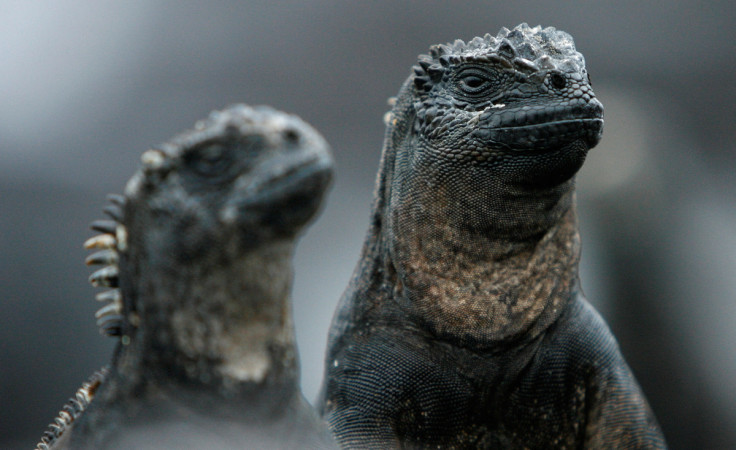Ecuador Frees Cash For Galapagos Conservation With $1.6 Billion Bond Buyback

Credit Suisse has bought up $1.6 billion worth of Ecuador's bonds, freeing up cash for conservation of the country's unique Galapagos Islands in what is set to be the biggest debt-for-nature swap ever struck.
The plans sees three of Ecuador's big government bonds, which have slumped in value this year due to a political crisis in the country, being bought at deep discount with the savings going into one of the world's most precious ecosystems and the inspiration for Charles Darwin's Theory of Evolution.
With Ecuador also expected to issue an eco-friendly 'blue bond' as part of the plan, it is poised to the biggest 'debt-for-nature swap', as these increasingly-popular kinds of transactions are known, struck to date.
Thursday's buyback saw just over $1 billion in face value of Ecuador's 2035 bond repurchased at 38.5 cents on the dollar, $202 million of a 2030 note bought at 53.25 cents and $420 million of a 2040 bond bought at 35.5 cents, Credit Suisse said.
It comes against the backdrop of political crisis in Ecuador, as the National Assembly is in the middle of an impeachment process against President Guillermo Lasso for alleged embezzlement, an allegation Lasso denies.
Quito has so far provided no further details on the debt swap, but sources told Reuters last year when the plans were taking shape that the U.S.-based Pew Charitable Trusts, a co-founder of the ocean conservation Blue Nature Alliance, had been lined up to provide money for the deal.
The Inter-American Development Bank and U.S. International Development Finance Corporation were also said to be in talks to give "credit guarantees", the crucial ingredient for bringing down Ecuador's borrowing costs on the expected 'blue' bond.
Pew and the banks have not commented on the buyback although the IADB has published on its website an $85 million guarantee approved last year for a "Sustainable Development and Biodiversity Program in Ecuador"
A number of bondholders have also given the deal the thumbs up, both for its conservation benefits and as a savvy way for the country, which has defaulted a number of times in recent decades, to do some repair work on its finances.
"Overall I think it is positive," said Carl Ross, a veteran of emerging market debt restructurings, including past ones by Ecuador, at asset manager GMO.
"The bonds have been traded at very depressed prices so why not take advantage and do some liability management. It's a good idea for a country that is trying to regain credibility with the market."


© Copyright Thomson Reuters 2024. All rights reserved.




















